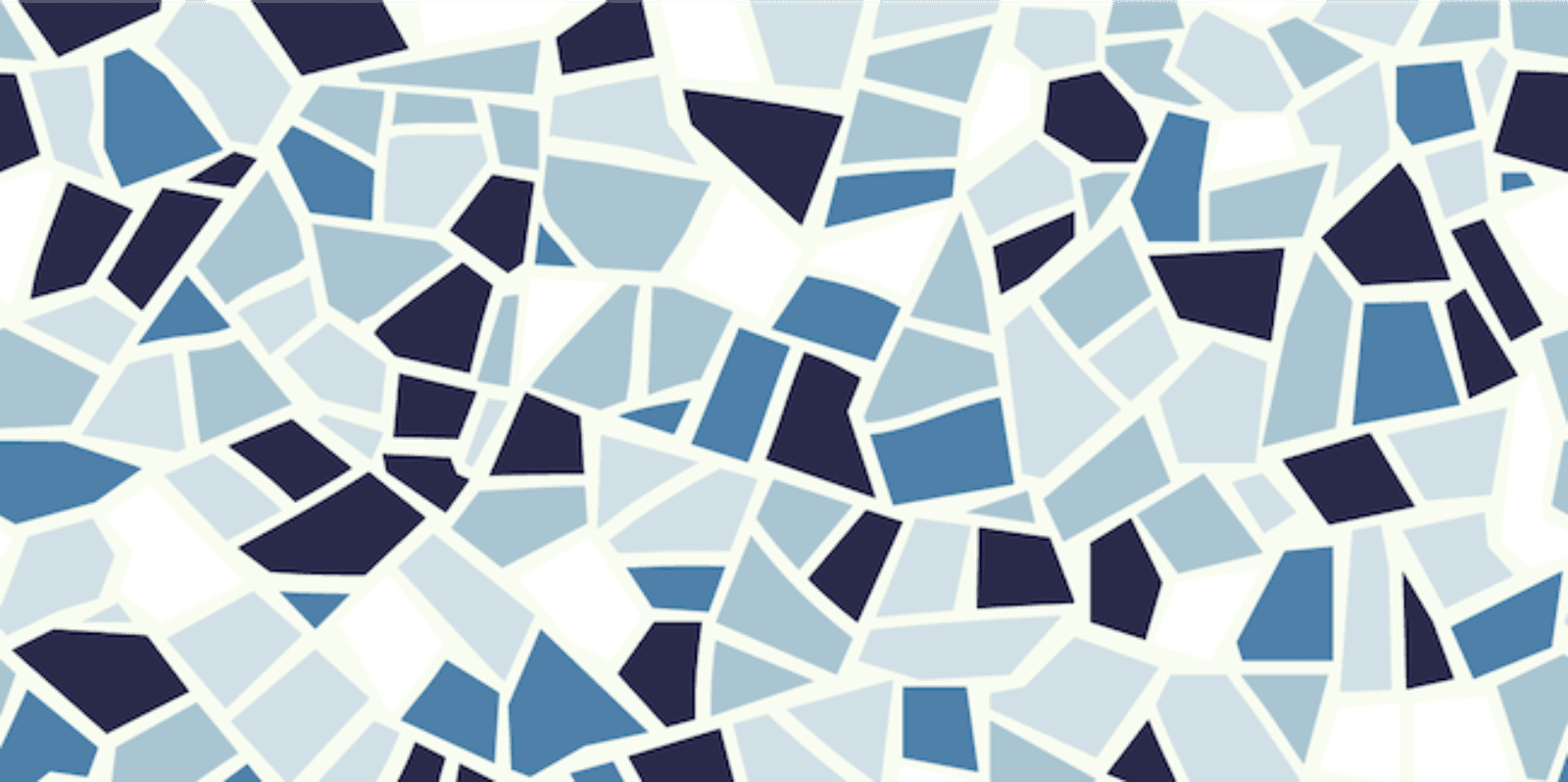We’re All Mosaics
by Lindsay Borthwick
Subtle differences between cells’ DNA could play a part in brain development as well as disorders

The Author
The Researcher
Researchers recently described the most complex mosaic in world: You. And I. And every other human. It turns out that we are all living, breathing cellular mosaics. Even the healthy cells that together form the skin, blood or brain contain thousands of small mutations that accumulate as the cells divide and multiply, growing a human being from a single fertilized egg.
The new study cataloged these small genetic variations in 29 different tissue across 500 individuals and documented just how pervasive they are. But the phenomenon it describes — termed “somatic mosaicism” — is not brand new to science. Researchers like Flora Vaccarino, a member of the Kavli Institute for Neuroscience at Yale University, have shown that there are subtle genetic differences between individual cells for nearly a decade. In 2012, she published one of the first studies to challenge the dogma that each cell in the body harbors the same DNA: It showed that small deletions or duplications of DNA are widespread, at least in cells derived from the skin.
That discovery — and subsequent ones by many other scientists in other cell types — has far-reaching implications. On the one hand, the genetic errors are so common, they suggest there is some resiliency built into the system: Our cells can handle the burden of mutations accumulating as they replicate or age. On the other hand, such mutations can drive diseases such as cancer — and maybe even mental illnesses.
“It's something that's very new and it's potentially a paradigmatic shift. It could actually change the way we look for and analyze genetic disease,” says Vaccarino.
Mosaics are the Norm
When it comes to studying cells — and the genetic information each one harbors—the brain is a special case. Unlike most other types of cells in the body, which turn over regularly, neurons persist for decades, even a lifetime. Therefore, mutations in brain cells can affect the way they function, ultimately influencing our behavior, as well as susceptibility to disease.
Indeed, Vaccarino and others are studying whether mosaicism plays a role in normal brain development, as well as in neurodevelopmental disorders like Tourette Syndrome and autism that have no clear genetic cause. “Tourette runs in families, so there is clearly a genetic component,” she says. “But no one has been able to identify candidate genes for the great majority of cases.” Somatic mosaicism has emerged as a leading hypothesis to explain the “missing” genetic component of these disorders.
Until recently, however, no one knew for sure whether brain cells amass DNA sequence errors just like other cell types do. In a study published in late 2017, Vaccarino's team, and her collaborators at the Mayo clinic, showed that, on average, neurons in the prenatal brain contain 200 – 400 single nucleotide variants, or one-letter changes in their DNA. They also found that mutations start at the very beginning of human embryonic development and increase during neurogenesis, the period of time when neural stem cells divide and differentiate into the highly specialized cells that make up the human brain. It is also the time when neurons connect up, forming the circuits that transmit information around the brain. Studies by other researchers have confirmed that these mutations continue to accumulate in the brain throughout infancy, adolescence, adulthood and aging.
A team of neuroscientists, writing in the journal Science, summed up this new reality: “Recent studies revealed that mosaic neuronal genomes are the rule, rather than the exception; every neuron probably has a different genome than the neurons with which it forms synapses.”
A Dedicated Research Network
These kinds of discoveries have spurred the National Institutes of Health to fund a group of investigators to study mosaicism in autism and Tourette, but also in schizophrenia, bipolar disorder and epilepsy. They have come together under the banner of the Brain Somatic Mosaicism Network (BSMN). Vaccarino’s lab is one of the founding teams; the others two are led by Christopher Walsh of Boston Children's Hospital and co-led by Nenad Sestan, who is also a member of the Kavli Institute at Yale, and by Fred “Rusty” Gage, president of the Salk Institute for Biomedical Research and co-director of the Kavli Institute for Brain and Mind at the University of California, San Diego. Together, the BSMN teams will examine large collections of post-mortem brain tissue from patients with neuropsychiatric disorders as well as “neurotypical” individuals, and make their data available to the wider neuroscience community.
“We know [these genetic changes are] there, but it’s still pretty controversial how many are there and when they come about. So the BSMN is trying to answer how many and when they arise — prenatally, postnatally, in mature neurons — as well as whether they are enriched in the brain, are they deleterious or not, and are more common in certain disorders,” says Vaccarino.